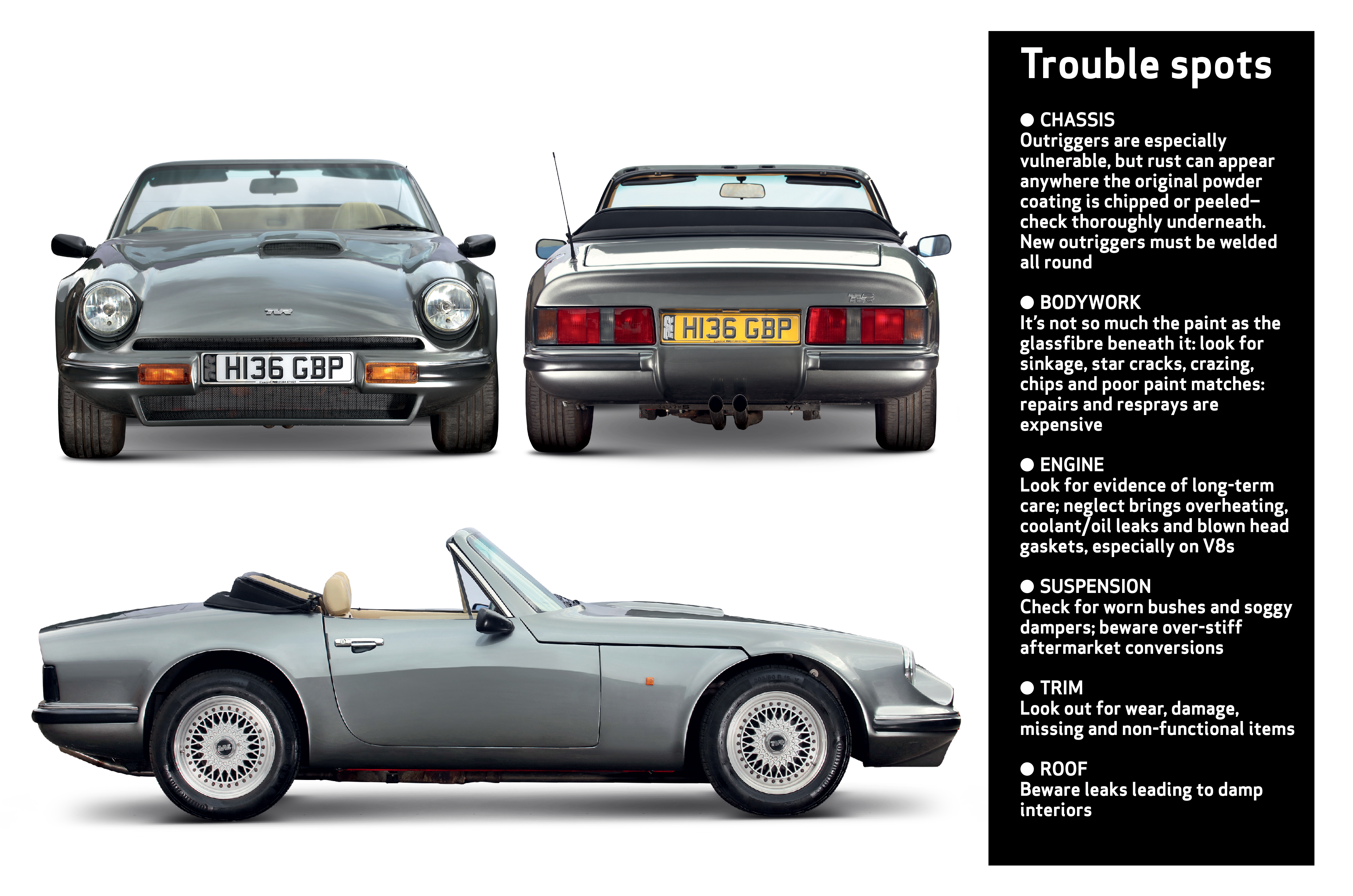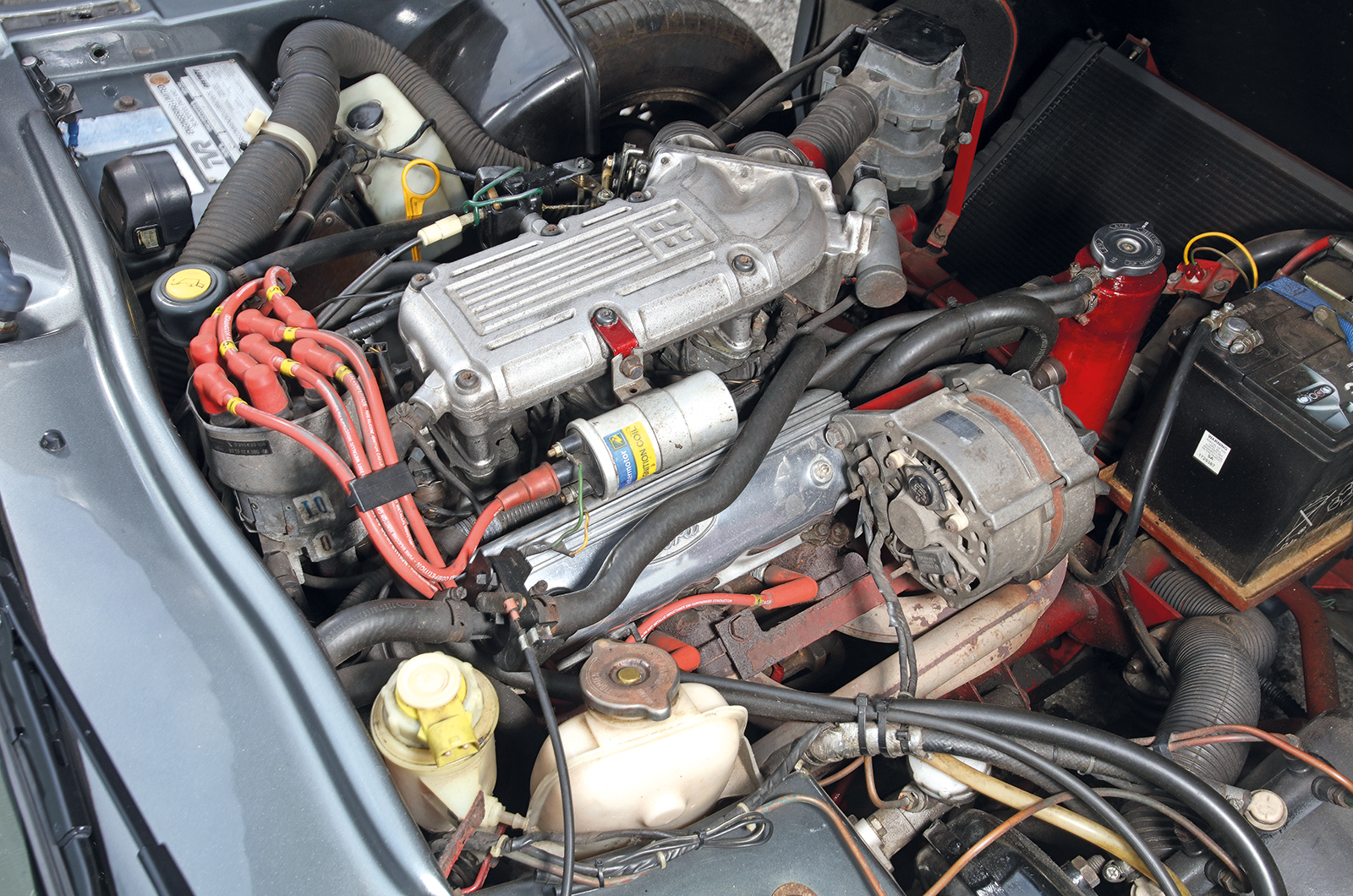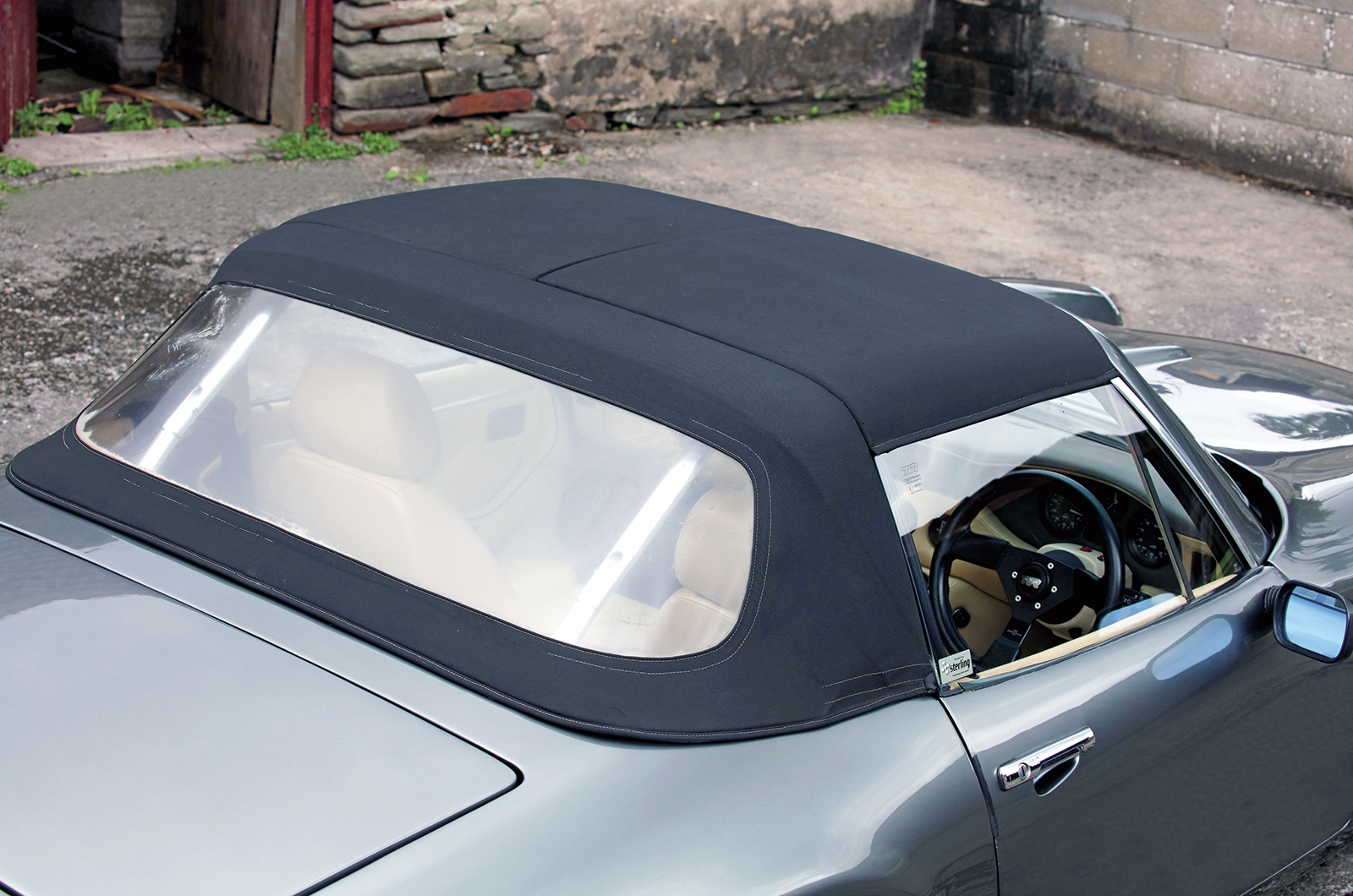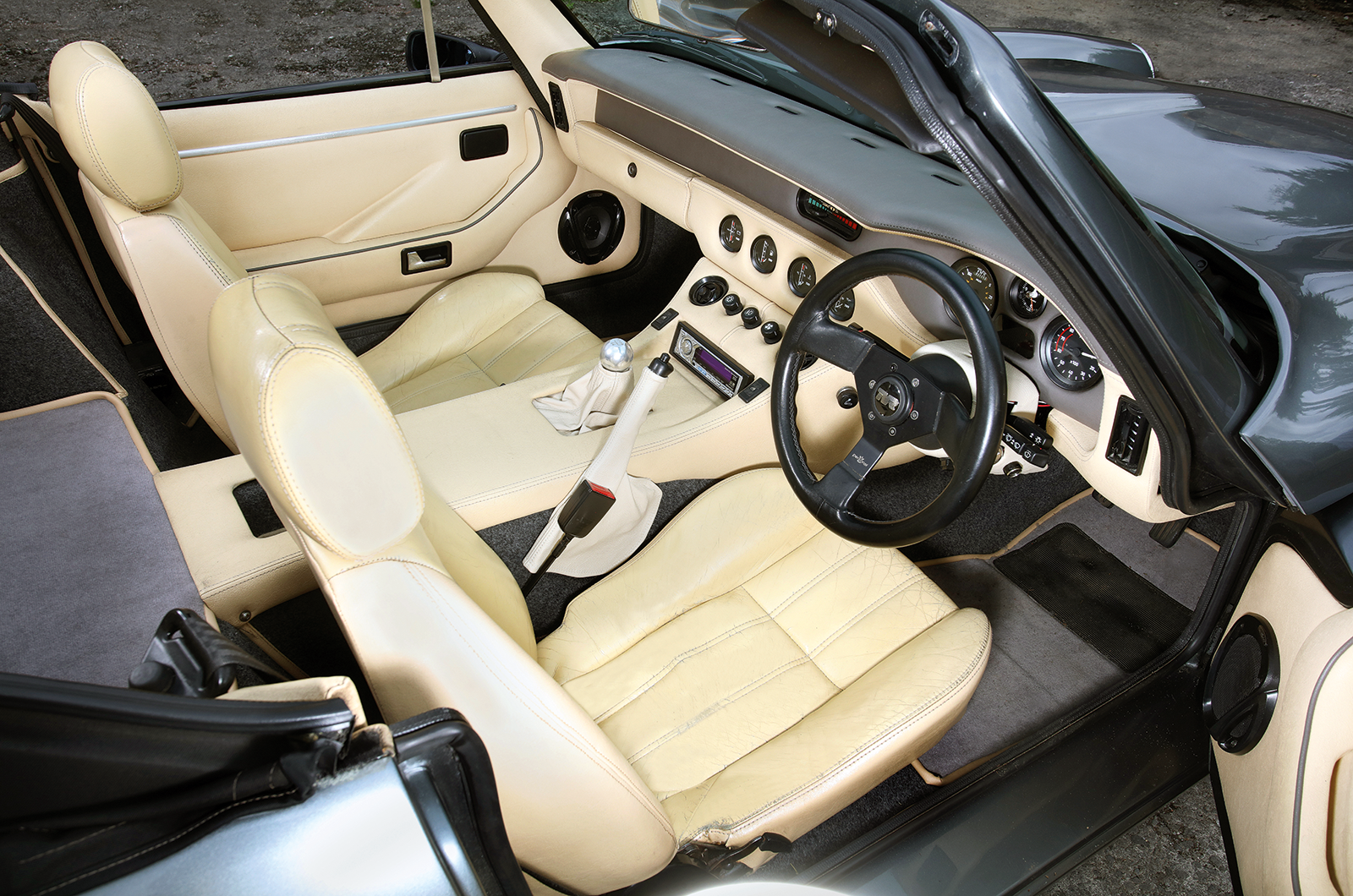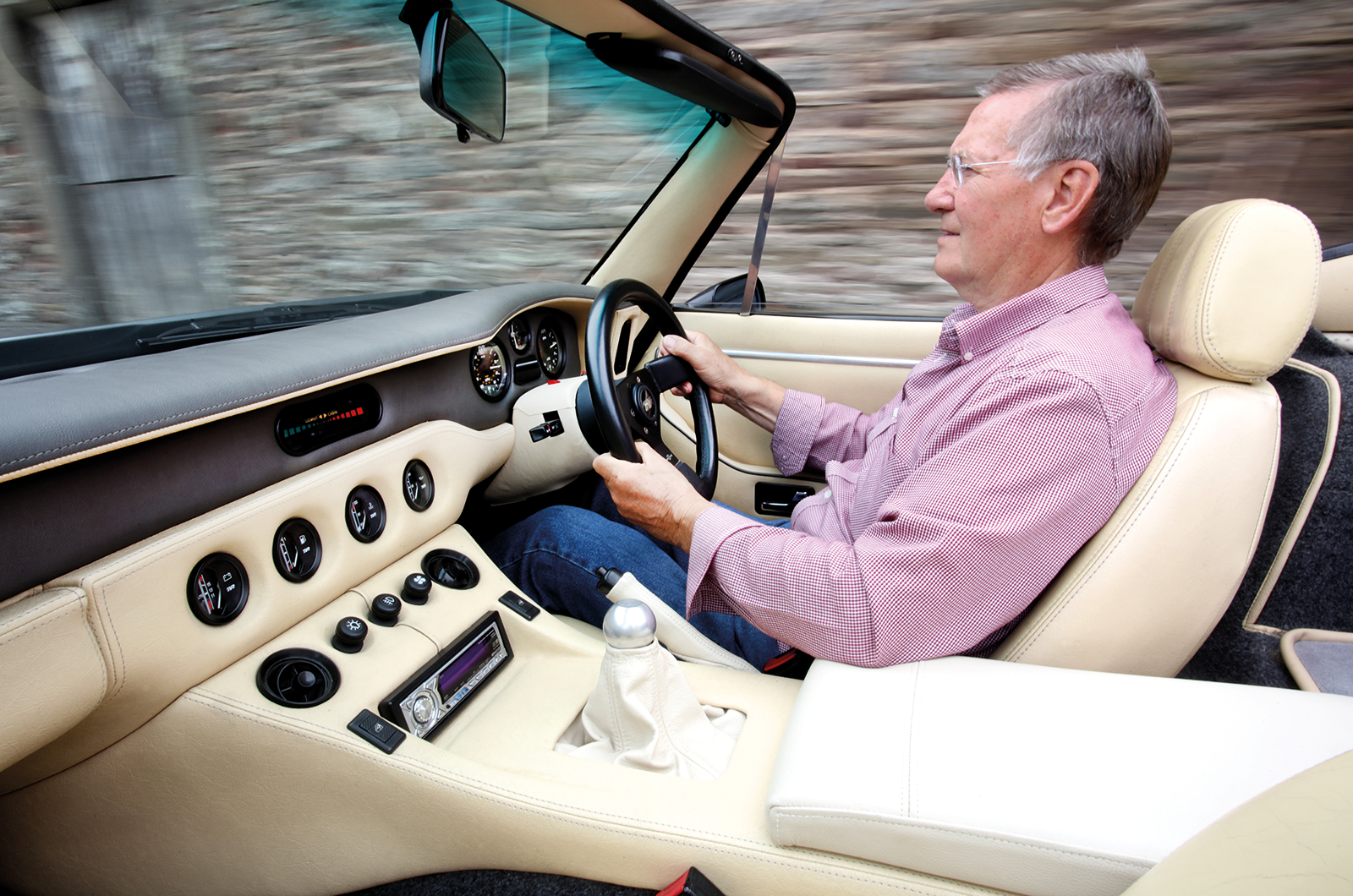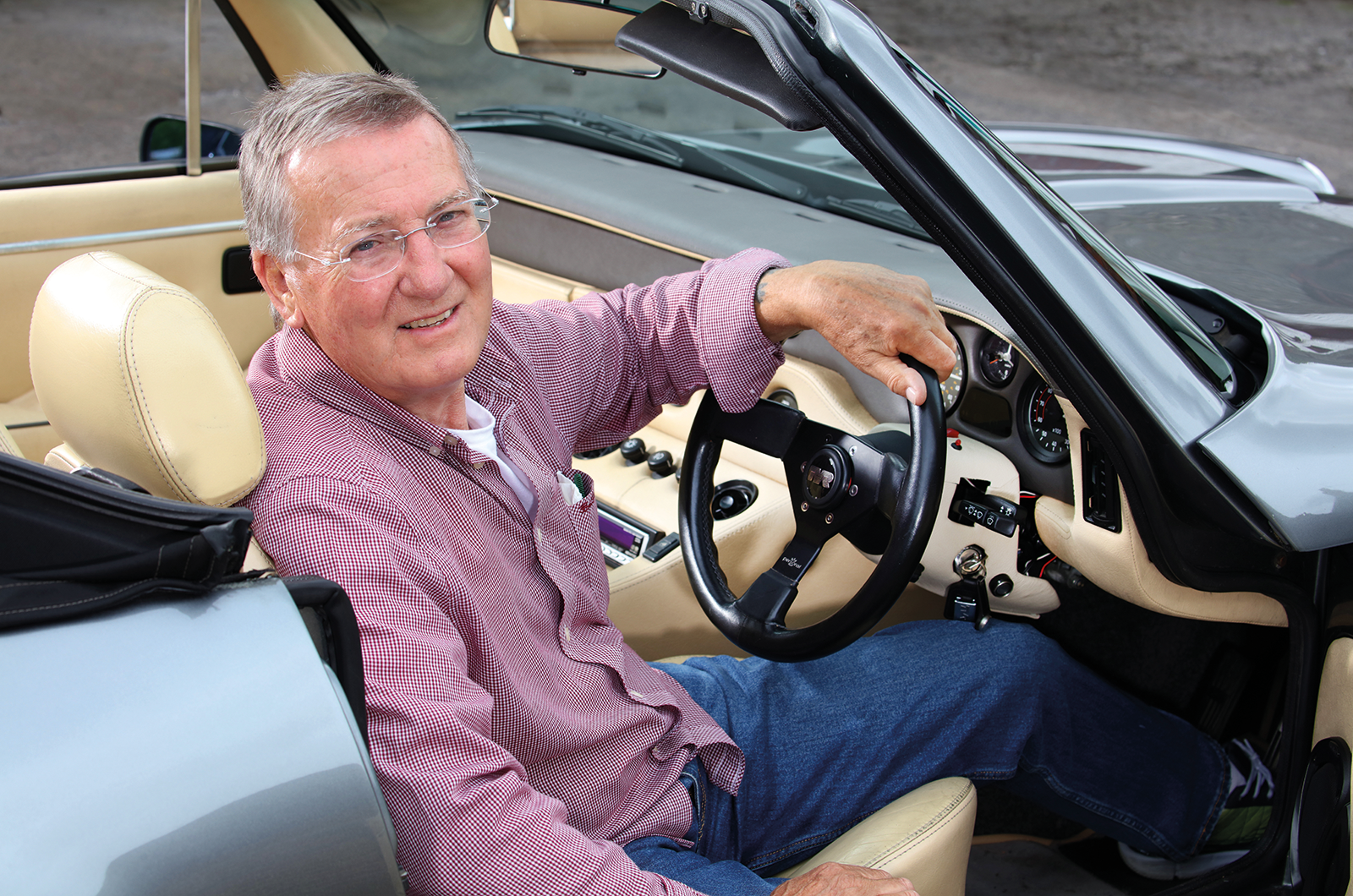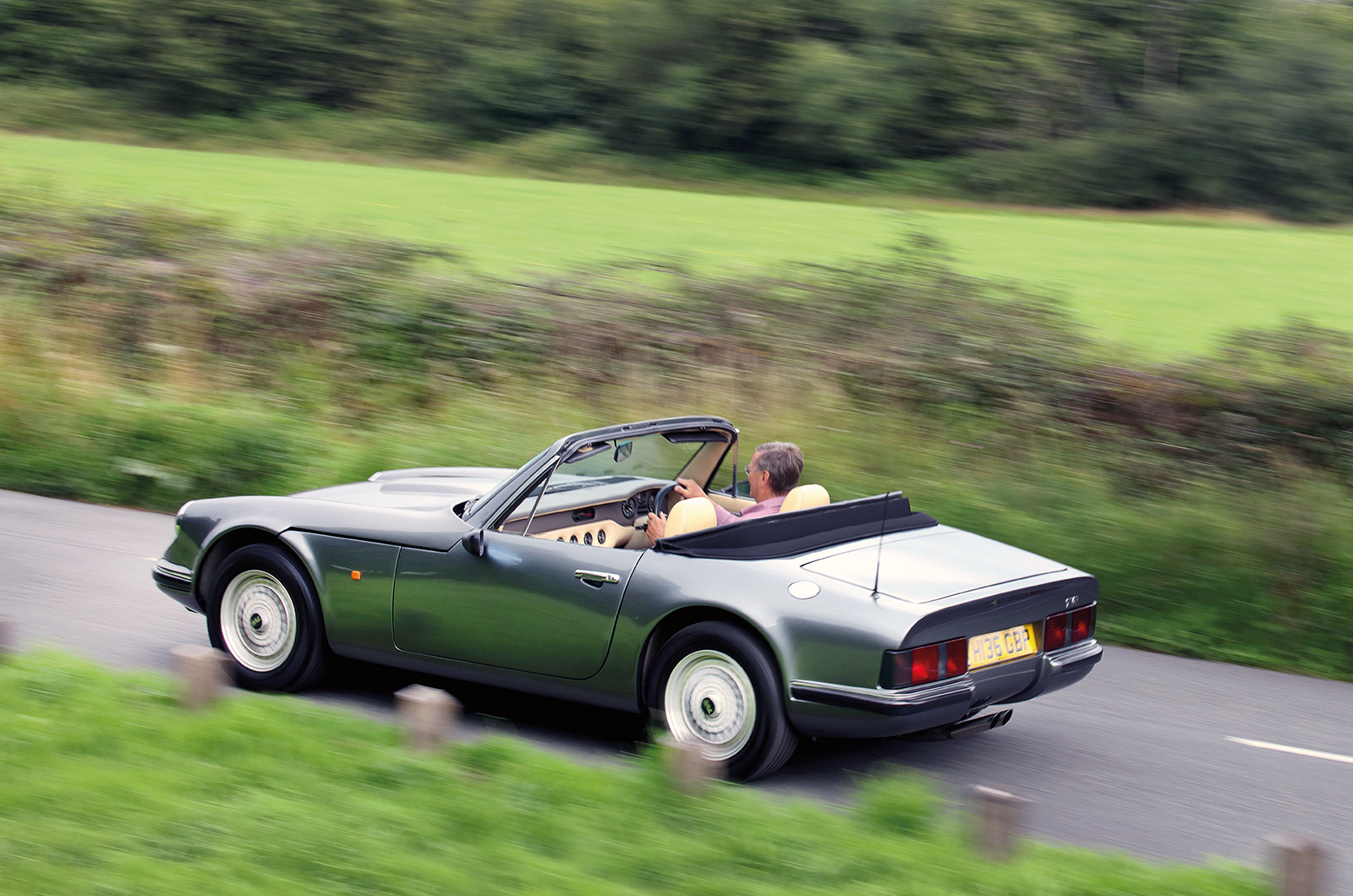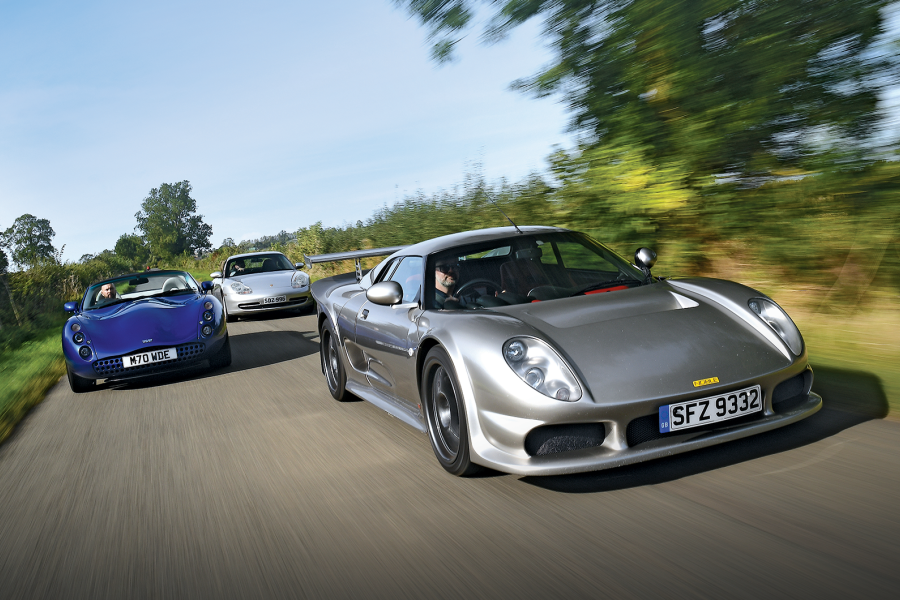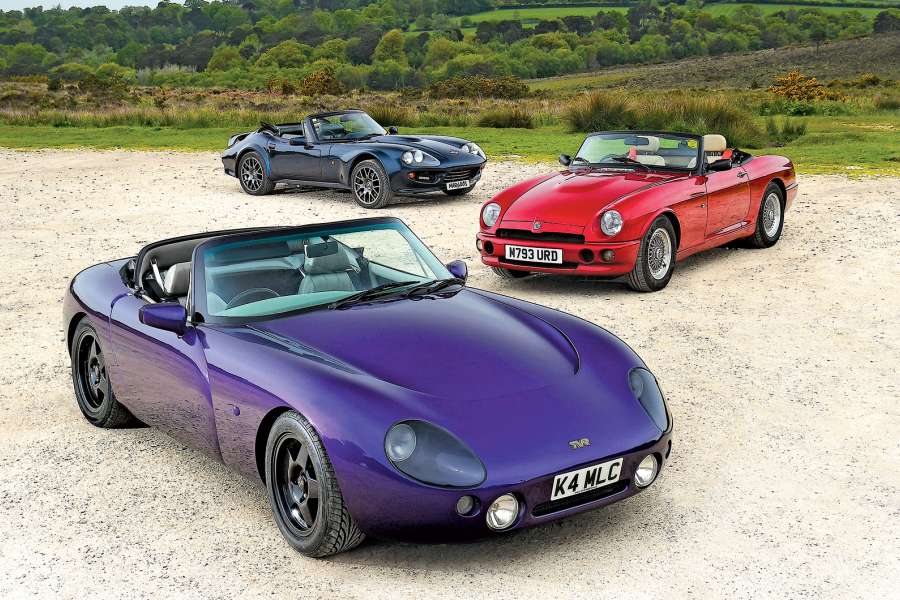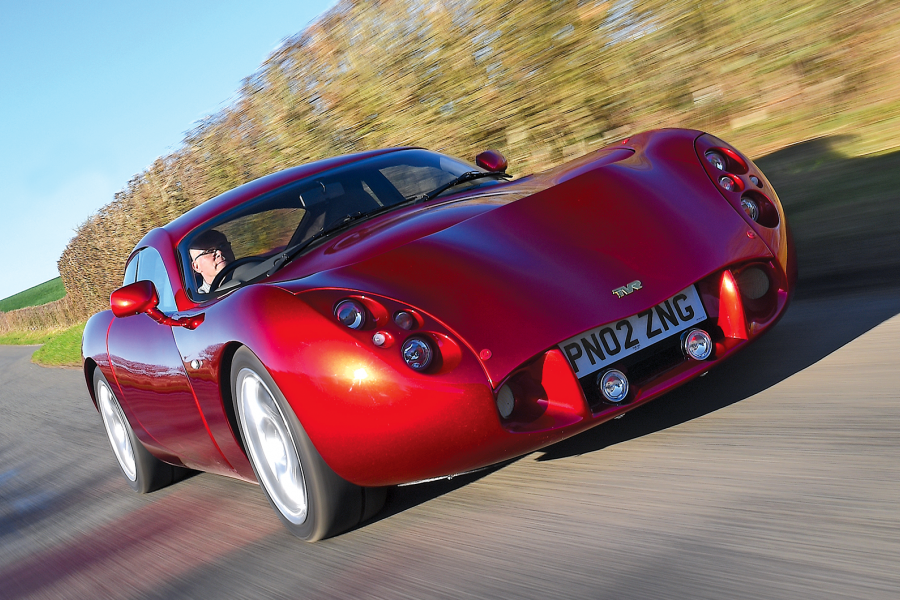
Why you’d want a TVR S-Series
TVR boss Peter Wheeler realised that the wedge shape of the ’80s was dating fast, and wanted to revert to the Blackpool marque’s traditional curves.
The S harked back to the 3000S of the 1970s, but shared nothing more than its doorhandles and general style – it was both longer and wider, with an all-new body and backbone chassis.
Simplified panel arrangements reduced construction costs and with other savings where possible, such as replacing the wood dash with padded vinyl, the S was launched at a very competitive price: 150 deposits were taken at the 1986 NEC Motor Show, before production moulds had even been made.
By 1988, the S represented 75% of TVR production, with 515 cars built, and it would become the firm’s most successful model to date.
It was progressively improved, from mechanical injection to electronic and then with the option of the Griffith V8 drivetrain, with the wooden dash returning along with numerous other updates.
The V8S outsold everything else before Griffith production came on stream; its big bonnet bulge was only needed for the few 1998cc supercharged V8 cars developed for the Italian market, but was fitted to all V8s.
Though only the 3.9-litre engine was officially available, the factory built at least two 275bhp 4.3-litre V8Ss and many have been upgraded since.
With none of the engine fragility of the later TVR-engined cars, the appeal of these relatively bombproof classic sports cars is growing: they can be a lot of fun with relatively little trouble.

